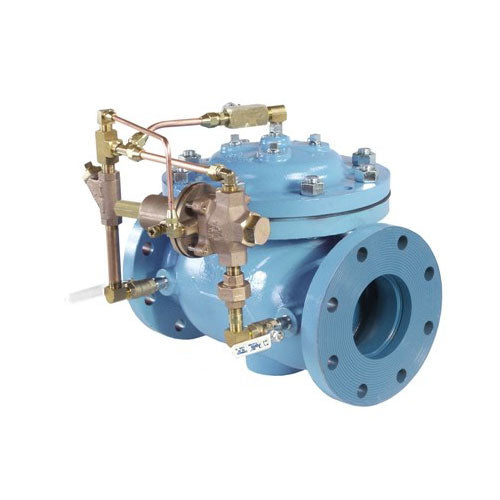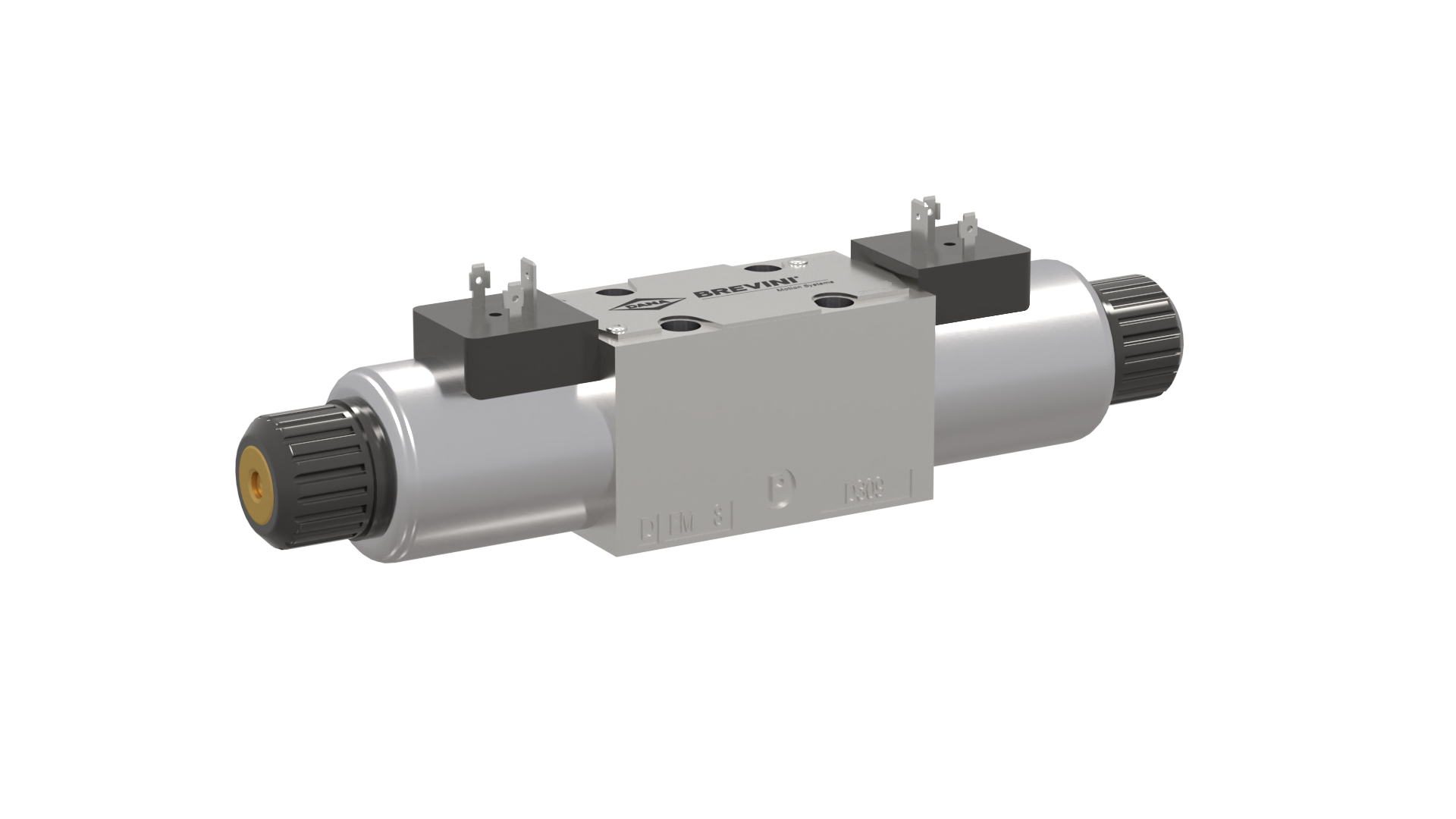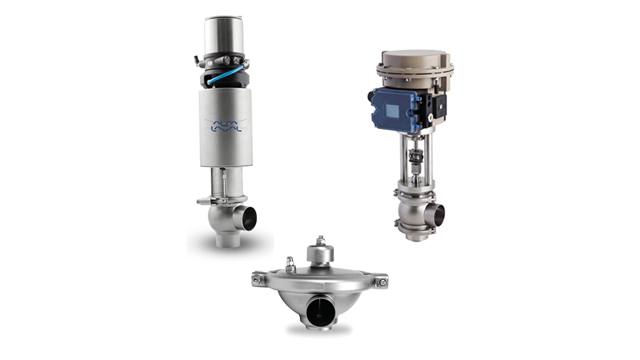Enhancing Operational Efficiency with Advanced Control Valves
Enhancing Operational Efficiency with Advanced Control Valves
Blog Article
Achieve Seamless Integration and Control With Top Quality Structure Automation Controls
In the world of modern structure administration, the relevance of quality structure automation controls can not be overstated. As innovation remains to advance, the assimilation and control of numerous systems within a building have actually progressed to be a lot more efficient and innovative. The smooth operation and surveillance of lighting, A/C, protection, and other structure functions have actually come to be extremely important for enhancing owner comfort, energy performance, and general functional effectiveness. Nevertheless, the trip towards accomplishing real integration and control is a complex one, with factors to consider ranging from system compatibility to cybersecurity. Welcoming high quality structure automation controls is not just a matter of comfort yet a strategic essential for organizations intending to maximize their facilities' performance and sustainability.

Advancement of Structure Automation Controls
Throughout the past couple of decades, the development of building automation controls has actually significantly changed the way structures are handled and run. Initially, developing automation systems mainly focused on basic features such as managing ventilation, air, and heating conditioning (A/C) systems. As technology progressed, these controls have actually come to be a lot more advanced, permitting for a bigger array of structure systems to be integrated and taken care of centrally.
The evolution of building automation controls has seen a shift in the direction of even more smart systems that can adjust to changing problems in real-time. This adaptability is important for maximizing power performance and ensuring occupant comfort. In addition, modern-day building automation controls now provide features such as anticipating upkeep, remote tracking, and information analytics, allowing facility managers to make data-driven decisions to enhance building efficiency.

Advantages of Top Quality Assimilation
The development in structure automation regulates towards even more intelligent systems has emphasized the significant benefits of top quality integration in enhancing structure operations and enhancing total efficiency. Quality assimilation of building automation controls uses a number of crucial benefits. Firstly, it causes boosted energy efficiency by permitting various systems to interact seamlessly, making sure optimal performance and decreasing energy wastefulness. Secondly, high quality assimilation boosts owner comfort and efficiency by enabling customized control over ecological setups like temperature level, lighting, and air quality. This personalization can cause an extra helpful and comfortable working or living setting. Additionally, top quality assimilation simplifies maintenance and repairing processes, as all systems are adjoined and can be checked and regulated from a central interface. This centralized control likewise provides far better exposure and understandings right into structure efficiency, allowing positive maintenance Check This Out and optimization techniques. In general, the benefits of high quality assimilation in building automation controls are undeniable, using raised efficiency, comfort, and operational efficiency.
Boosted User Experience and Availability
Enhancing individual interaction with building automation controls through intuitive layout and boosted access boosts the general experience for passengers and facility managers alike. By concentrating on customer experience, developing automation systems can end up being a lot more reliable and easy to use. Instinctive user interfaces, clear navigating, and personalized settings equip individuals to interact with the controls easily and properly.
Accessibility features play a crucial function in ensuring that all individuals, including those with handicaps, can make use of the building automation controls effortlessly. Integrating features such as voice commands, responsive buttons, and color-contrasted display screens can boost availability and make the controls more comprehensive.
Additionally, improved customer experience brings about greater individual fulfillment, enhanced productivity, and far better decision-making. Owners can readjust environmental setups according to their choices, while facility supervisors can efficiently manage and keep track of building systems - control valves. Generally, prioritizing individual experience and ease of access in building automation manages adds to a much more efficient and smooth structure environment for all stakeholders involved
Sustainable Practices Via Automation

Additionally, automation can promote the assimilation of renewable energy sources such as solar panels or wind turbines into building operations. With automation, buildings reference can line up with contemporary sustainability objectives and add to a greener future.
Future Trends in Structure Control Equipment
In anticipation of evolving and progressing modern technologies sustainability techniques, the trajectory of structure control systems is poised to embrace innovative solutions and transformative approaches. One popular trend forming the future of structure control systems is the enhanced integration of Expert system (AI) and equipment discovering. These innovations enable structures to adjust in real-time to altering conditions, maximizing power intake and enhancing comfort for passengers. In addition, the Internet of Things (IoT) is revolutionizing building control systems by attaching sensing units and gadgets to streamline procedures and improve efficiency.
One more key pattern is the focus on cybersecurity procedures to safeguard versus possible risks to developing automation systems. As structures become a lot more interconnected, making certain robust cybersecurity procedures will certainly be necessary to secure delicate data and avoid unauthorized accessibility.
Moreover, the shift in the direction of cloud-based systems is gaining momentum, permitting centralized control and remote accessibility to structure systems. This assists in less complicated surveillance, maintenance, and updates, improving the general performance and adaptability of structure control systems. As technology remains to development, these patterns are anticipated to form the future landscape of structure automation controls, driving technology and sustainability in the built environment.
Conclusion
Future fads in structure control systems are likely to concentrate on additional improving automation capabilities for boosted energy efficiency and total efficiency. It is vital for building proprietors and operators to focus on the fostering of high quality building automation regulates to maximize structure procedures and accomplish long-lasting sustainability goals.
In the realm of modern structure monitoring, the value of high quality structure automation controls can not be overstated. Overall, the development of building automation manages continues to drive technology in the building monitoring sector, using brand-new possibilities for developing smarter and much more lasting buildings.
The innovation in building automation regulates towards more smart systems has highlighted the substantial benefits of top quality integration in enhancing structure operations and improving total effectiveness. Overall, prioritizing customer experience and ease of access in structure automation regulates contributes to a much more effective and seamless building check over here atmosphere for all stakeholders entailed.
It is important for structure proprietors and drivers to prioritize the adoption of high quality building automation regulates to maximize building operations and accomplish long-lasting sustainability objectives. - control valves
Report this page